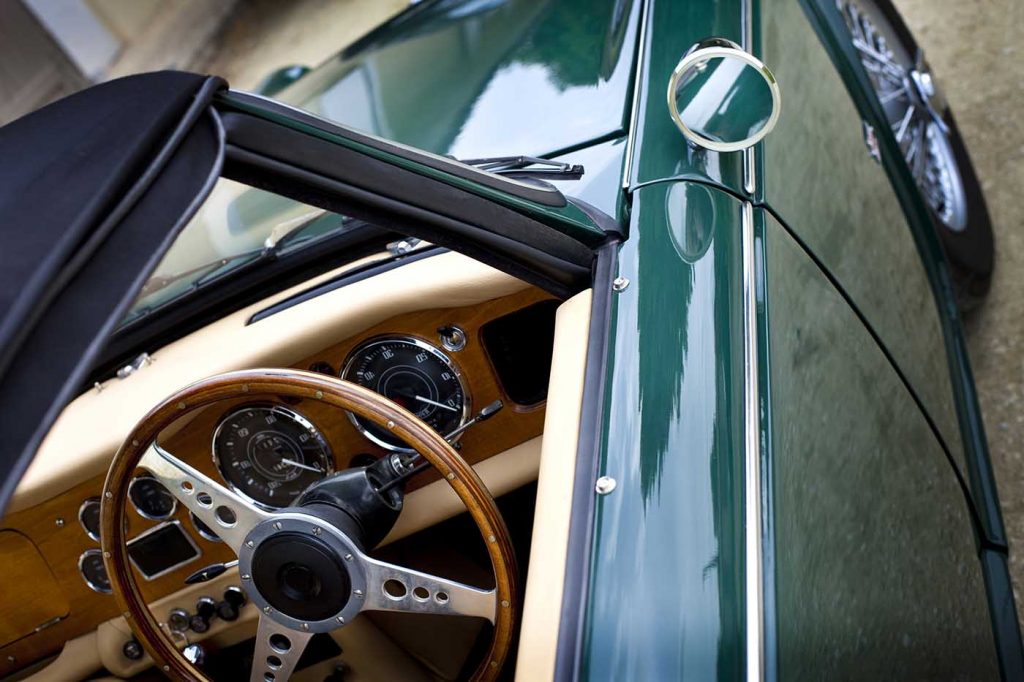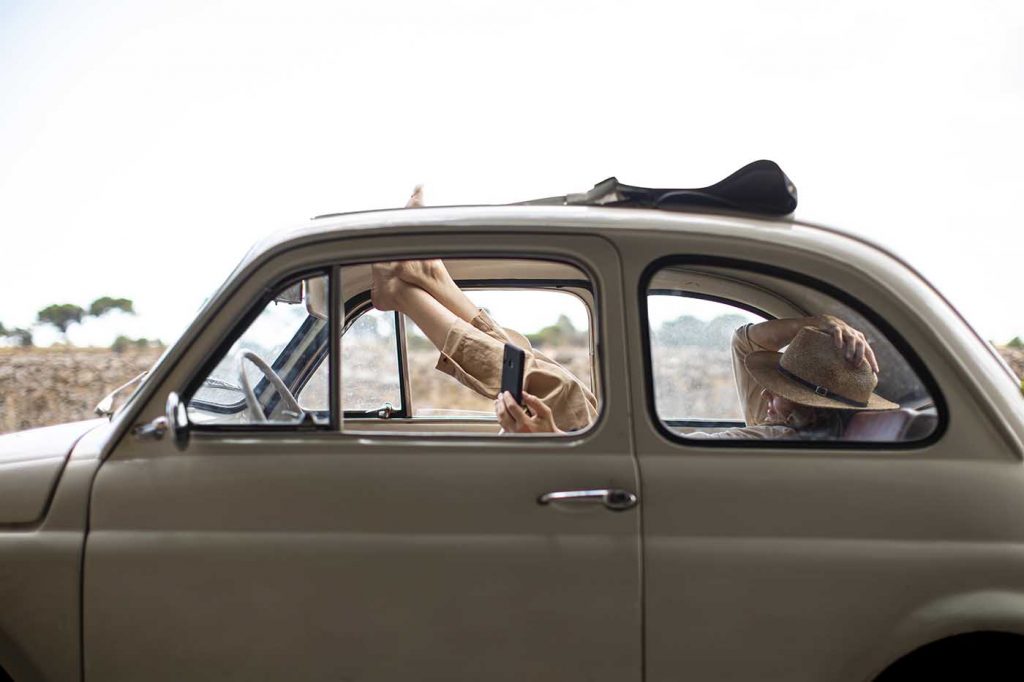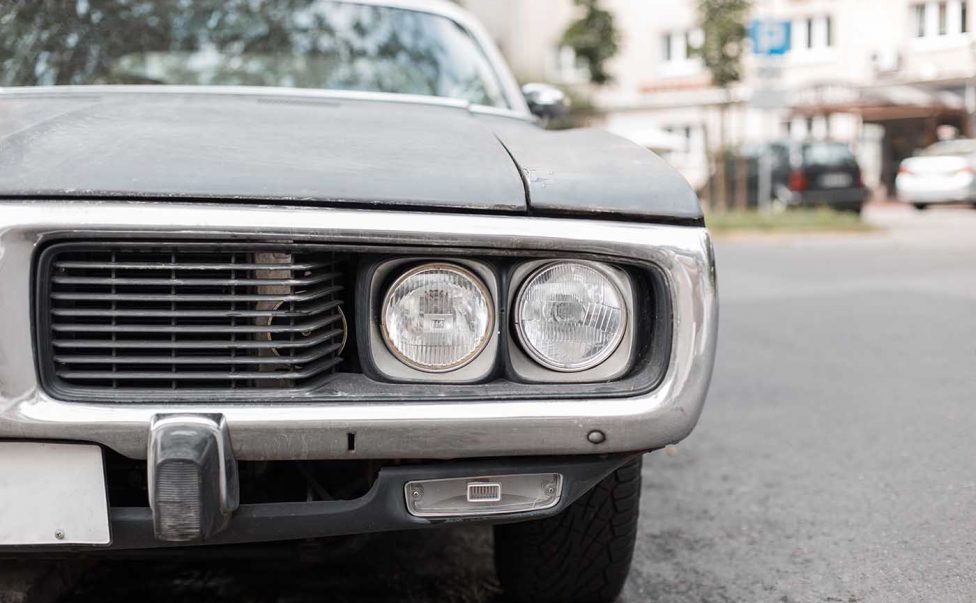Oddities and Qwerks of Driving Vintage Cars
There is a true romanticism to driving vintage cars, and for classic car enthusiasts there is no better feeling than being able to take their pride and joy out for a spin. However, for many people who are interested in classic cars, the thought of driving one may be alluring but the actual act can be surprisingly complicated. Vintage cars are, by their very nature, fairly old and as such many of them come from before a time of certain modern standardisations and safety features. This can result in driving many vintage cars feeling very alien and quite uncomfortable if you are not used to that particular vehicle. This being said, here are some to watch out for.

Pedals, as easy as ABC?
Any drivers will instinctively know that the pedals in a car are laid out Clutch, Brake, Accelerator, but this wasn’t always the case. This standardisation did eventually establish itself as the way to design cars, but there are plenty of classic cars that do not share this layout. Make sure that you know where the pedals are and which specific layout they are using so that they don’t cause any issues once you try to drive.

Getting choked up
A lot of older and vintage cars have an extra control you may not have seen before called a choke. A choke is used to vary the amount of fuel and air that is currently mixing in the engine and this was used to start the engine or give it a bit of extra support in certain circumstances. If you try starting vintage cars without correctly using the choke, then at best it will fail to start, at worst you could damage the engine. If you suspect you have caused damage by misusing a choke, then make sure you get your car looked at by experts such before you try to use it again and make any potential damage worse.
Heavy lifting
Another modern feature that we all take for granted is power assisted steering, and as you might expect, vintage cars lack this feature. Steering is normally very heavy as you are not having any electrical assistance in turning the wheels, it is purely mechanical and you will probably find that your usual driving positions and techniques will result in a lack of control and possibly joint pain if you love driving one handed.
Stop, stop, stop!
Breaking is another technology that has come a long way over the years, and this means that vintage cars have very stiff brakes that are nowhere near as efficient as you will be used to. Always ensure that you leave plenty of space in front of your vehicle and plan well ahead. It is definitely worth getting a feel for the car and its handling before you take it out on a public road, and the brakes coupled with the steering are essential features you will probably find feel incredibly strange.


